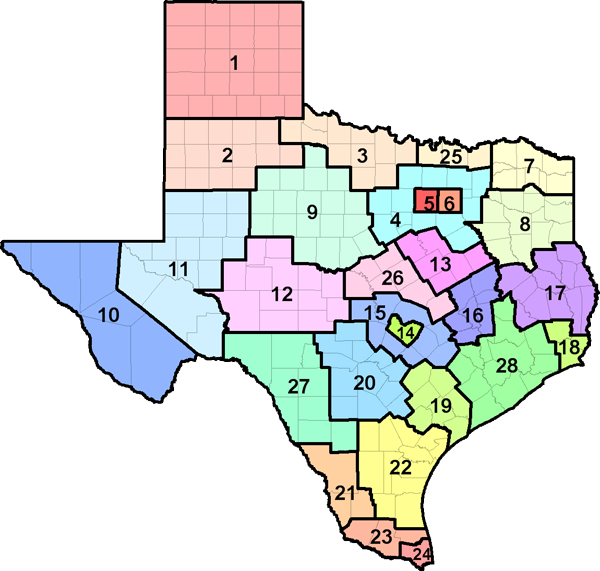The U.S. Department of Labor has developed an automated occupational information database, O*NET, that identifies and describes work content, work skills, and training requirements for all jobs across the country in all sectors of the economy. Much of the occupational information contained in this report is derived directly from the O*NET database, and supplemented with information from the Bureau of Labor Statistics, Census Bureau, and Labor Market and Career Information.

| Industry | % of Meter Readers, Utilities employed | Annual Growth Rate |
|---|---|---|
| Electric power generation, transmission and distribution | 20 | -1.26 |
| Other support services | 10.5 | -0.95 |
| Water, sewage and other systems | 8.1 | -1.24 |
| Natural gas distribution | 7.5 | -2.06 |
| Employment services | 2 | 0.00 |
| 2024 Statewide average hourly wage | $21.45 |
| 2024 National average hourly wage | $26.83 |
| 2022 National employment | 21,100 |
| 2022 Texas employment | 1,814 |
| Texas projected employment by 2032 | 1,699 |
| Texas projected annual employment and Turnover openings through 2032 | 137 |

| Region | Employment | Projected Employment 2032 | Projected Annual Openings 2032 |
Annual Growth Rate |
Average Income |
|---|---|---|---|---|---|
| Texas (all regions) | 1,814 | 1,699 | 137 | -0.65% | $44,612.00 |
| Top 10 Relevant Knowledge Areas | Relevant Importance Levels |
|---|---|
| Customer and Personal Service Knowledge of principles and processes for providing customer and personal services. This includes customer needs assessment, meeting quality standards for services, and evaluation of customer satisfaction. |
|
| Public Safety and Security Knowledge of relevant equipment, policies, procedures, and strategies to promote effective local, state, or national security operations for the protection of people, data, property, and institutions. |
|
| English Language Knowledge of the structure and content of the English language including the meaning and spelling of words, rules of composition, and grammar. |
|
| Mathematics Knowledge of arithmetic, algebra, geometry, calculus, statistics, and their applications. |
|
| Mechanical Knowledge of machines and tools, including their designs, uses, repair, and maintenance. |
|
| Computers and Electronics Knowledge of circuit boards, processors, chips, electronic equipment, and computer hardware and software, including applications and programming. |
|
| Administration and Management Knowledge of business and management principles involved in strategic planning, resource allocation, human resources modeling, leadership technique, production methods, and coordination of people and resources. |
|
| Administrative Knowledge of administrative and office procedures and systems such as word processing, managing files and records, stenography and transcription, designing forms, and workplace terminology. |
|
| Building and Construction Knowledge of materials, methods, and the tools involved in the construction or repair of houses, buildings, or other structures such as highways and roads. |
|
| Transportation Knowledge of principles and methods for moving people or goods by air, rail, sea, or road, including the relative costs and benefits. |
| Top 10 Relevant Skill Areas | Relevant Importance Levels |
|---|---|
| Reading Comprehension Understanding written sentences and paragraphs in work-related documents. |
|
| Active Listening Giving full attention to what other people are saying, taking time to understand the points being made, asking questions as appropriate, and not interrupting at inappropriate times. |
|
| Speaking Talking to others to convey information effectively. |
|
| Service Orientation Actively looking for ways to help people. |
|
| Critical Thinking Using logic and reasoning to identify the strengths and weaknesses of alternative solutions, conclusions, or approaches to problems. |
|
| Time Management Managing one's own time and the time of others. |
|
| Operations Monitoring Watching gauges, dials, or other indicators to make sure a machine is working properly. |
|
| Operation and Control Controlling operations of equipment or systems. |
|
| Complex Problem Solving Identifying complex problems and reviewing related information to develop and evaluate options and implement solutions. |
|
| Monitoring Monitoring/Assessing performance of yourself, other individuals, or organizations to make improvements or take corrective action. |
| Top 10 Relevant Abilities | Relevant Importance Levels |
|---|---|
| Near Vision The ability to see details at close range (within a few feet of the observer). |
|
| Oral Comprehension The ability to listen to and understand information and ideas presented through spoken words and sentences. |
|
| Oral Expression The ability to communicate information and ideas in speaking so others will understand. |
|
| Information Ordering The ability to arrange things or actions in a certain order or pattern according to a specific rule or set of rules (e.g., patterns of numbers, letters, words, pictures, mathematical operations). |
|
| Perceptual Speed The ability to quickly and accurately compare similarities and differences among sets of letters, numbers, objects, pictures, or patterns. The things to be compared may be presented at the same time or one after the other. This ability also includes comparing a presented object with a remembered object. |
|
| Trunk Strength The ability to use your abdominal and lower back muscles to support part of the body repeatedly or continuously over time without "giving out" or fatiguing. |
|
| Extent Flexibility The ability to bend, stretch, twist, or reach with your body, arms, and/or legs. |
|
| Arm-Hand Steadiness The ability to keep your hand and arm steady while moving your arm or while holding your arm and hand in one position. |
|
| Control Precision The ability to quickly and repeatedly adjust the controls of a machine or a vehicle to exact positions. |
|
| Multilimb Coordination The ability to coordinate two or more limbs (for example, two arms, two legs, or one leg and one arm) while sitting, standing, or lying down. It does not involve performing the activities while the whole body is in motion. |